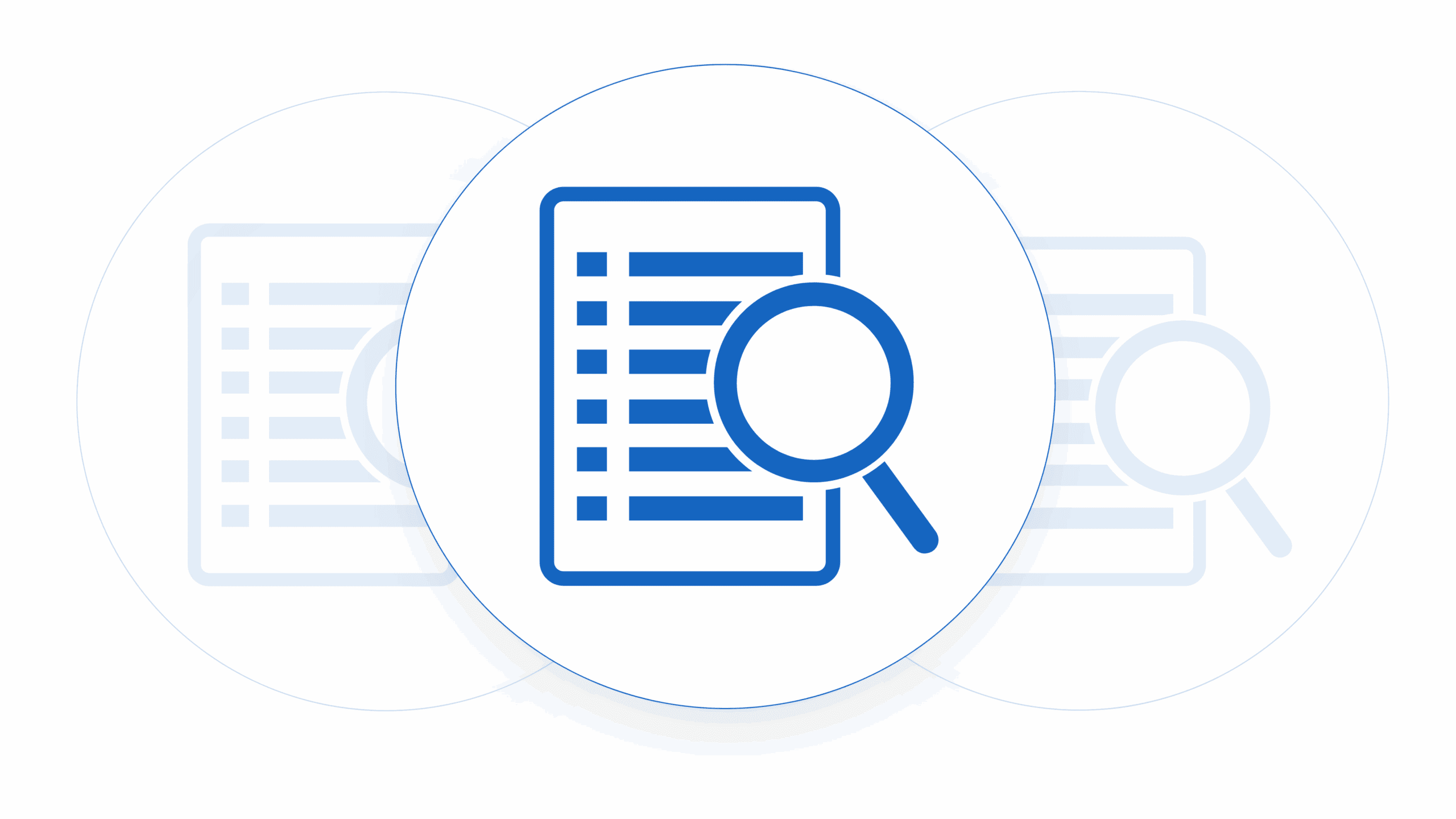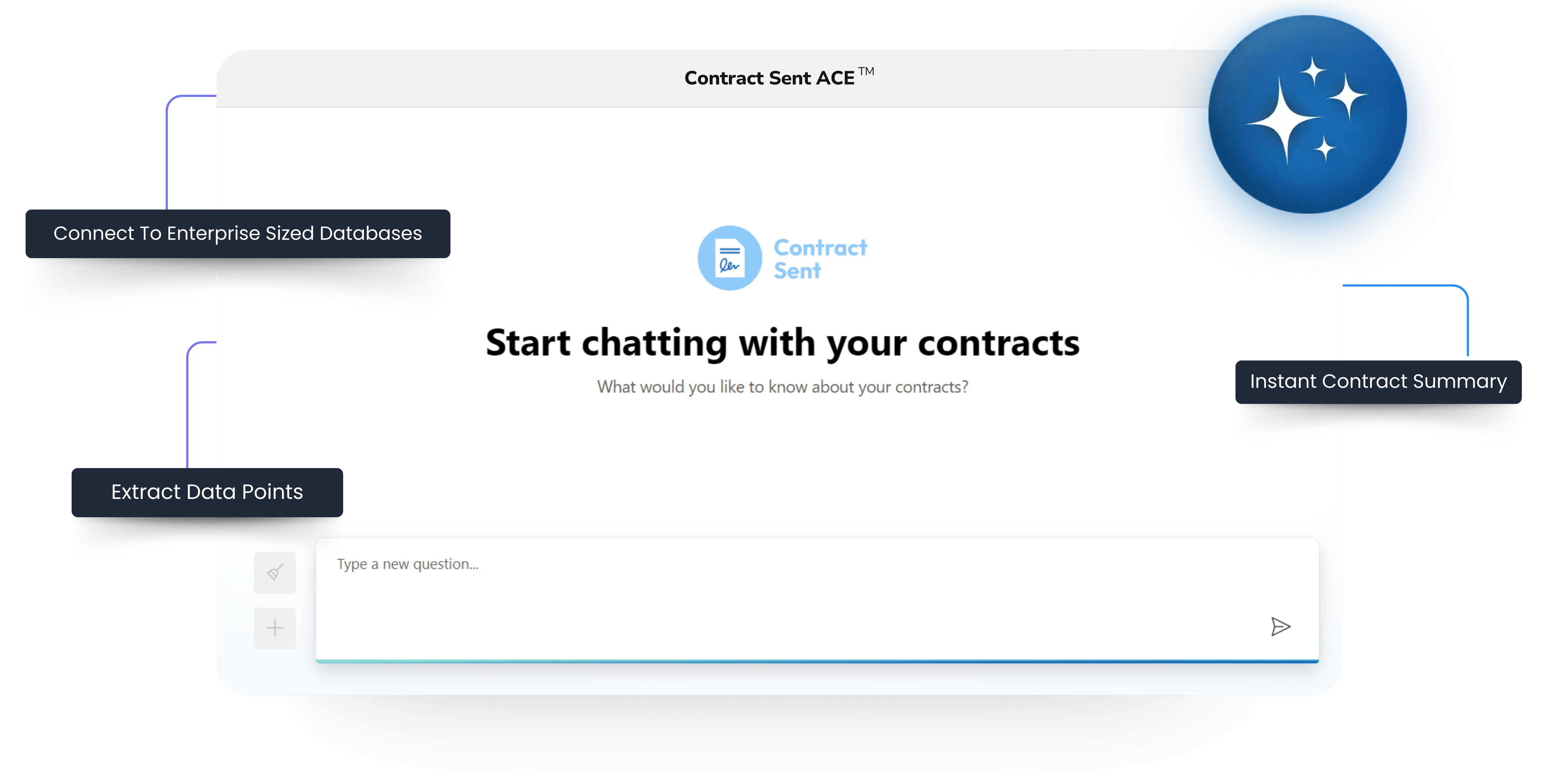As you scale your business you’ll soon start to realize the importance of keeping your customer base happy and using your product. For most SaaS companies the cost of acquiring a new customer is very high so when anything happens that causes that customer to want to leave it can be detrimental to your recurring revenue and cash flow, especially if that customer makes up a large portion of your income (common for early stage startup contracts). Contract disputes can be something that causes this customer churn so understanding how to handle disputes in contract management is an important skill for founders, sales leaders, and legal teams to have. Let’s have a look at the common causes of contract disputes first.
SaaS Termination Clauses and Their Role in Contract Disputes
Termination clauses outline the rights and obligations of both parties regarding contract termination. The clauses are agreed upon during negotiations and usually are quite important to large companies in particular who might be taking a risk by buying from a small startup. They typically cover grounds for termination, notice periods, consequences of termination, and obligations post-termination. These clauses seek to protect the interests of both parties (although are sometimes weighted to a particular party) while ensuring predictability and clear procedures for ending the contractual relationship.
1. The ‘Termination for Convenience‘ Clause
The “termination for convenience” clause allows a party (typically the customer) to terminate the contract whenever they would like, usually with a notice period, without the need to demonstrate cause. This means a customer can end their subscription to a service at any time, even if there has been no breach of contract or failure of service provision by the startup.
2. Why ‘Termination for Convenience’ is a Challenge for Startups
For startups relying on annual recurring revenue, termination clauses can pose a lot of financial risk and investors don’t like these at all. As a SaaS startup, consistent monthly recurring revenue (MRR) is vital for maintaining cash flow, forecasting revenue, and attracting investment. The unpredictability introduced by the ‘termination for convenience’ clause makes financial planning more complex and could potentially undermine the financial stability of the startup.
If you’re selling to enterprise customers they will often try to put a termination for convenience clause into their contract with you. The potential sudden loss of customers may not only affect the startup’s revenue but could also impact its reputation, which can be particularly damaging for new entrants in the SaaS market.
3. Mitigating the Risks
Despite all of the risks, termination for convenience clauses is often a necessary concession in SaaS contracts to attract and reassure customers, especially large enterprises. Here are some strategies to mitigate these risks:
1. Minimum Term Agreements or Without Refund Clauses: Consider establishing a minimum contract term, after which the customer may exercise the termination for convenience clause. This can be combined with a no refund for termination for convenience clause. Meaning that the customer will pay for the full term whether they use it or not. This provides a predictable revenue stream and allows you to recoup any upfront costs associated with acquiring a new customer.
2. Notice Periods: Incorporate a reasonable notice period into your termination for convenience clauses. A 30 to 60-day notice period can provide some level of predictability, allow you to put a save motion in place, and allow you to proactively manage potential disruptions to your cash flow.
3. Early Termination Fees: Another option is to include an early termination fee in the contract. This fee could be used to cover the costs of service disruption and provide some financial stability. However, this needs to be balanced against customer acquisition and retention strategies. The other caveat here is that this is primarily a cash flow saver, termination fees are not recurring revenue.
4. Exceptional Service Delivery: While contractual safeguards are crucial, there is no substitute for exceptional service delivery. Strive to exceed customer expectations and become an indispensable partner to your clients, making contract termination an unattractive option for them. Make sure you look after your customer experience team.
While termination for convenience clauses can present challenges for SaaS startups, understanding their implications and implementing appropriate risk management strategies can help ensure business continuity and stability. SaaS startups need to work closely with legal counsel to draft contracts that protect their interests while maintaining customer trust and satisfaction.
Termination for Breach of Contract
There are several common clauses that, if breached, could lead to contract termination in SaaS contracts. These clauses aim to protect both parties’ interests and ensure that proper service is provided for a customer, with the breach leading to significant implications for the quality of the service, security, or financial obligations. Let’s look at some typical examples:
1. Service Level Agreements (SLA): SaaS contracts often contain SLAs that specify the expected performance and availability of the service. If the provider consistently fails to meet these standards, it may constitute a breach that could lead to contract termination. Common remedies include refunds, free credits, or termination of the contract.
2. Payment Clauses: The contract will specify the amount to be paid for the service, the payment method, and the schedule. If the customer consistently fails to meet their payment obligations, the SaaS provider may invoke a termination for breach clause. Before doing this it is common to have a clause to charge the customer interest for slow payment.
3. Confidentiality and Data Security: SaaS contracts usually contain clauses related to confidentiality and data security. If a provider fails to maintain adequate security measures leading to a data breach, or if a customer misuses confidential information, it may constitute a breach. Usually, there are a lot of clauses are breach of data security which include response times and a period in which the company must notify their customers once they become aware of a breach.
4. Intellectual Property (IP) Rights: SaaS contracts also outline the rights and obligations related to IP. Unauthorized use or sharing of the provider’s IP or customer data could lead to a breach.
5. Compliance with Laws and Regulations: Both parties are required to comply with relevant laws and regulations. These can be dependent on the contract jurisdiction as well as the terms of the contract. This can include data protection laws, industry-specific regulations, or export control laws. Breach of such regulations can trigger a termination clause.
6. Unauthorized Access or Use: Contracts typically include provisions preventing customers from attempting to access the service’s underlying infrastructure or from using the service in a manner not explicitly authorized within the contract.
7. Material Change Clause: This clause allows for contract termination in the event of a significant change to either party’s circumstances, such as bankruptcy, acquisition, or change in business model. Clauses around the topic of assignment are common. Understanding whether or not you can assign the contract’s responsibilities to another party is important and can be triggered if your company gets acquired for instance.
Keep in mind that the conditions for contract termination should be clearly outlined in the contract itself, including what constitutes a breach, the procedure for notifying the other party of a breach, any opportunity to remedy the breach, and the implications of termination.
It is essential to work with legal counsel when drafting or signing a SaaS contract to ensure all potential areas of dispute are covered, and the interests of your business are protected.
Contract Breach and its Role in Contract Disputes
For all SaaS startups sales contract agreements stand as the foundation of customer relationships. These documents govern not only the terms of service but also dictate what needs to be done during times of conflict. Disputes are an inevitable part of business; however, effectively handling such scenarios can convert a potential problem into a trust-building opportunity.
Here are some best practices for SaaS startups to handle disputes in contract management with customers.
Clarify the Contractual Terms and Understand Them Yourself
At the heart of many contractual disputes lies ambiguity. To mitigate this, ensure your contracts are explicit and unambiguous. Be clear on deliverables, timeframes, payment schedules, service standards, and, crucially, the dispute resolution process. Unclear terms can lead to misinterpretations, misaligned expectations, and ultimately, disputes.
1. Promote Effective Communication
Effective communication is key in dispute resolution. Don’t wait for a conflict to arise before establishing open communication channels with your customers. Maintain regular contact through multiple channels and provide platforms for feedback. By fostering open dialogue, you’re likely to stop potential disputes before they escalate. Knowing when it’s useful to involve legal counsel in this communication is important, sometimes it should be avoided as you look to maintain the relationship instead of getting into a full legal dispute.
2. Establish a Strong Customer Success Team
A robust customer success team is an asset when it comes to dispute resolution. Train your team in conflict management and equip them with the skills to handle disagreements diplomatically as well as know when things should be escalated. Knowing when a senior team member or founder should be involved in a conversation is important, they have a lot of relationships with customers that can be leveraged. Ensure they are knowledgeable about your services, contracts, and the intricacies of dispute resolution.
3. Embrace Technology Solutions
As a SaaS startup, leverage technology for effective contract management. Incorporate contract lifecycle management (CLM) tools that automate the creation, execution, and analysis of your contracts. These tools help maintain contract consistency, minimize human error, and provide invaluable insights into potential areas of dispute.
4. Incorporate Mediation Clauses
Having a clearly defined dispute resolution mechanism in your contract minimizes the risks of expensive and protracted litigation. Mediation clauses can help resolve issues amicably by involving a neutral third party to facilitate resolution. This cost-effective approach can save both parties time and maintain the relationship post-dispute.
5. Create a Dispute Resolution Policy
Develop a comprehensive dispute resolution policy that outlines the steps to be taken when a dispute arises. This should cover the escalation process, roles and responsibilities, timeframes, and the approach to resolving. Having such a policy in place fosters confidence among customers and demonstrates your commitment to resolving disputes amicably and promptly.
6. Learn from Each Dispute
Finally, view each dispute as a learning opportunity. Post-dispute analysis can provide valuable insights into your processes, contracts, and customer relationships. Use these learnings to improve your contract management and prevent similar disputes in the future.
Effectively handling disputes in contract management requires proactive measures, open communication, the right technology, and a solid dispute-resolution policy. As a SaaS startup, your approach to disputes can significantly impact your customer relationships and your reputation in the market. Invest time in understanding the potential areas of dispute in your contracts and take preemptive action to minimize conflicts and foster long-lasting relationships with your customers.












